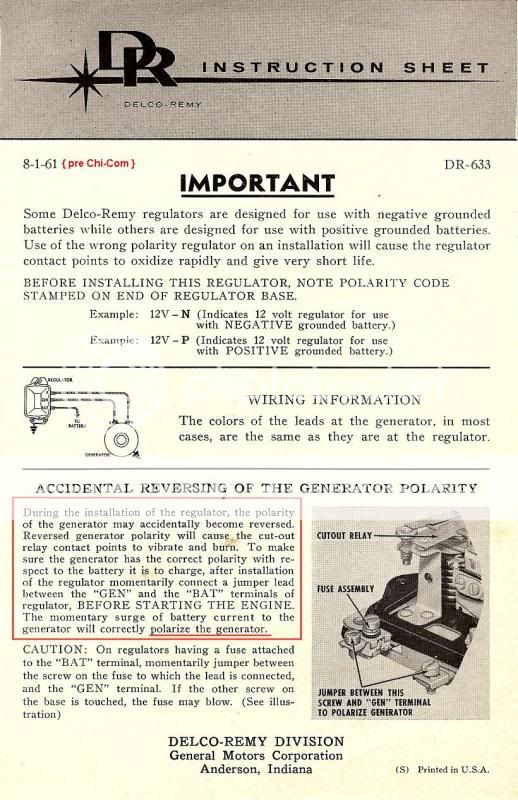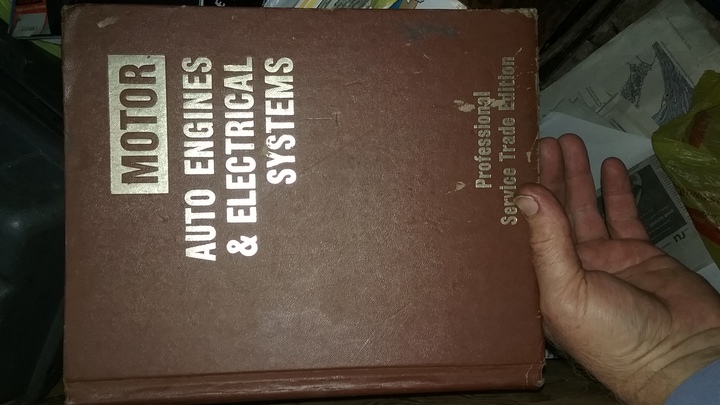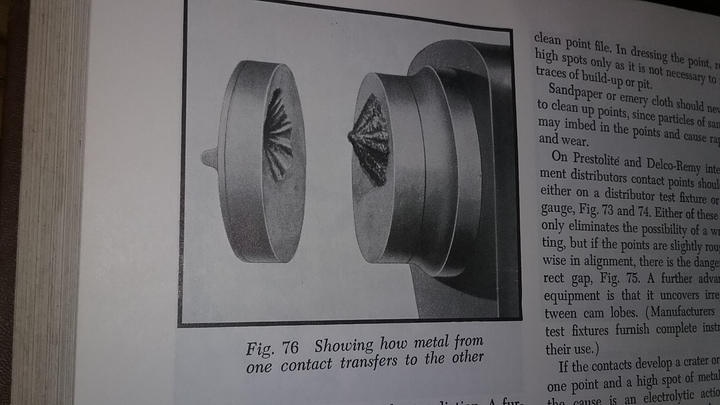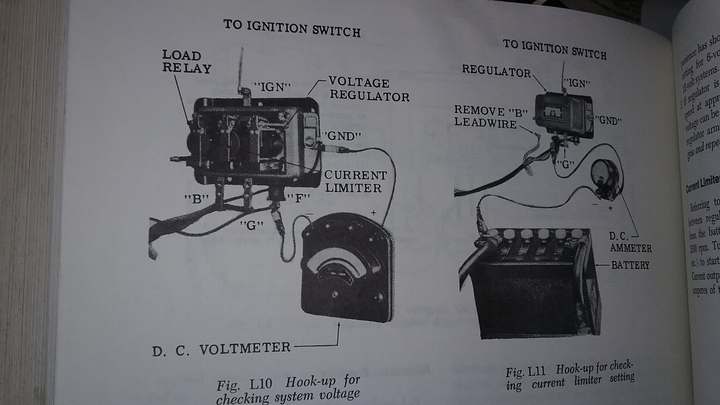I have heard statements on here that the voltage regulator cares about polarity. I believe that the mechanical regulators do not care what the polarity Solid state devices like the diodes in alternators and the solid state regulators do care about the polarity. You polarize the generator, not the regulator to set the residual magnetism in the fields.
I also believe that making a blanket assumption on what voltage or polarity a piece of equipment is configured for is wrong. Too much time has passed since the equipment is built, and a field verification should always be done to confirm what the current configuration is.
Thanks
I also believe that making a blanket assumption on what voltage or polarity a piece of equipment is configured for is wrong. Too much time has passed since the equipment is built, and a field verification should always be done to confirm what the current configuration is.
Thanks





